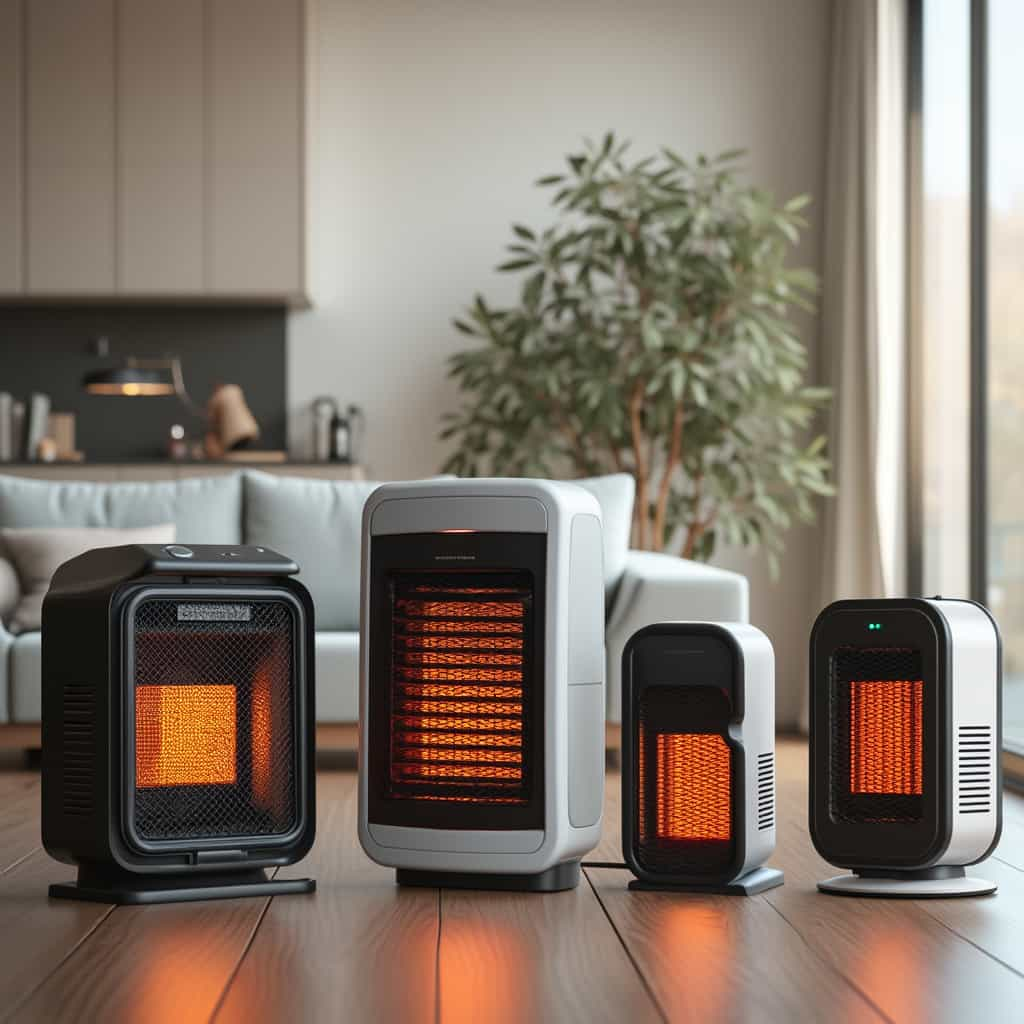In recent years, the global market for electric heaters has seen remarkable growth. According to a report by ResearchAndMarkets.com, the electric heater market is expected to grow from $11 billion in 2020 to $14.6 billion by 2025, at a CAGR of 5.7%. This increase is driven by a combination of rising energy prices, the need for energy-efficient home appliances, and advancements in smart home technologies.
Electric heaters come in various forms, including convection heaters, radiant heaters, fan heaters, and oil-filled radiators. Each type offers unique benefits, with varying efficiency levels, heat distribution methods, and power consumption. Recently, an emphasis on environmentally friendly solutions has encouraged the development of more energy-efficient models equipped with smart features, such as programmable thermostats and mobile app controls.
One of the most notable innovations in electric heaters is the integration of smart technology. For instance, many modern electric heaters can now connect to home Wi-Fi networks, allowing users to control their heating remotely via smartphone apps. This capability not only provides convenience but also helps users optimize energy consumption and reduce utility bills. Moreover, these smart heaters often feature adaptive learning technology, which analyzes user habits and local weather conditions to adjust heating schedules automatically.
In addition to smart connectivity, manufacturers are exploring new materials and designs to enhance the energy efficiency of electric heaters. For example, some brands have introduced models with ceramic heating elements known for faster heat-up times and reduced energy use compared to traditional metal coils. Meanwhile, the use of infrared technology allows heaters to warm objects and people directly rather than the surrounding air, which can be more efficient and cost-effective in certain settings.
The trend towards energy efficiency and smart home integration is reflected in the latest electric heater releases from major manufacturers. For instance, Dyson’s latest model incorporates air purification technology, providing a dual function that purifies the air while heating it. Similarly, the DeLonghi Dragon 4 offers silent operation, an eco mode for optimized energy use, and a digital display for precise temperature adjustments.
When considering an electric heater purchase, one crucial factor is the cost of ownership, which includes not only the upfront price but also the long-term energy expenses. A report from the U.S. Department of Energy suggests opting for models with ENERGY STAR certification, which can substantially reduce energy consumption compared to non-certified alternatives. Furthermore, many retailers offer seasonal discounts and promotions, making it an ideal time for price-conscious consumers to invest in high-quality electric heaters.
Geographical trends in electric heater sales reveal interesting disparities. In colder regions such as Northern Europe and North America, there is a more significant demand for high-capacity heaters that can quickly warm larger spaces. Meanwhile, in milder climates, consumers tend to favor energy-efficient models that offer gentle heating. Curiously, in Japan, the integration of advanced technologies is more prevalent, with consumers showing a preference for compact, multi-functional units.
Historically, the electric heater market has been shaped by technological advancements and shifts in consumer preferences. The first electric heaters emerged in the late 19th century, a revolutionary invention that provided an alternative to coal and wood heating. As electricity became more widespread and affordable, manufacturers began to experiment with different designs and materials, giving rise to the diverse array of products seen today.
In terms of expert opinions, energy analysts emphasize the importance of considering both short- and long-term costs. According to James Hanley, an energy efficiency expert, “Consumers should look beyond the purchase price of an electric heater. The real savings come from reduced energy bills, so investing in a more efficient model is ultimately more cost-effective.”
In conclusion, the electric heater market is poised for continued growth, driven by technological innovations and a focus on energy efficiency. With various models catering to different needs and climates, consumers have more choices than ever before. By taking advantage of the latest smart technologies and exploring seasonal deals, it is possible to find a heater that not only keeps you warm but also aligns with your financial and environmental goals. As electric heaters continue to evolve, they represent an essential component of modern energy-conscious living.
You may also like
Pellet Stoves: Solutions and Market Insights
Pellet stoves have become a cornerstone in sustainable home heating solutions, with advancements in technology making them more efficient and accessible. This article delves into the latest innovations, models, and market trends, offering insights into the best value for money and geographical purchase trends.
Gas Boilers: New models revolutionizing the market
Gas boilers remain a staple in heating solutions, with advancements in technology and new models revolutionizing the market. This article delves into the latest innovations, market trends, and regional purchasing patterns, providing insights into the most efficient models and best-value offers currently available.
Electric Boilers: The Future of Home Heating
The electric boiler market is rapidly evolving with new technologies, models, and competitive pricing. This comprehensive guide explores the latest trends, innovations, market dynamics, and purchasing insights for electric boilers, helping consumers make informed decisions.
Heat Pumps for Independent Homes: New Technologies and Best Value Offers
Heat pumps are transforming the way independent homeowners approach heating and cooling, offering energy-efficient and eco-friendly solutions. This article delves into the latest innovations, market trends, and best offers available, highlighting new models, technological advancements, and regional purchasing trends.
